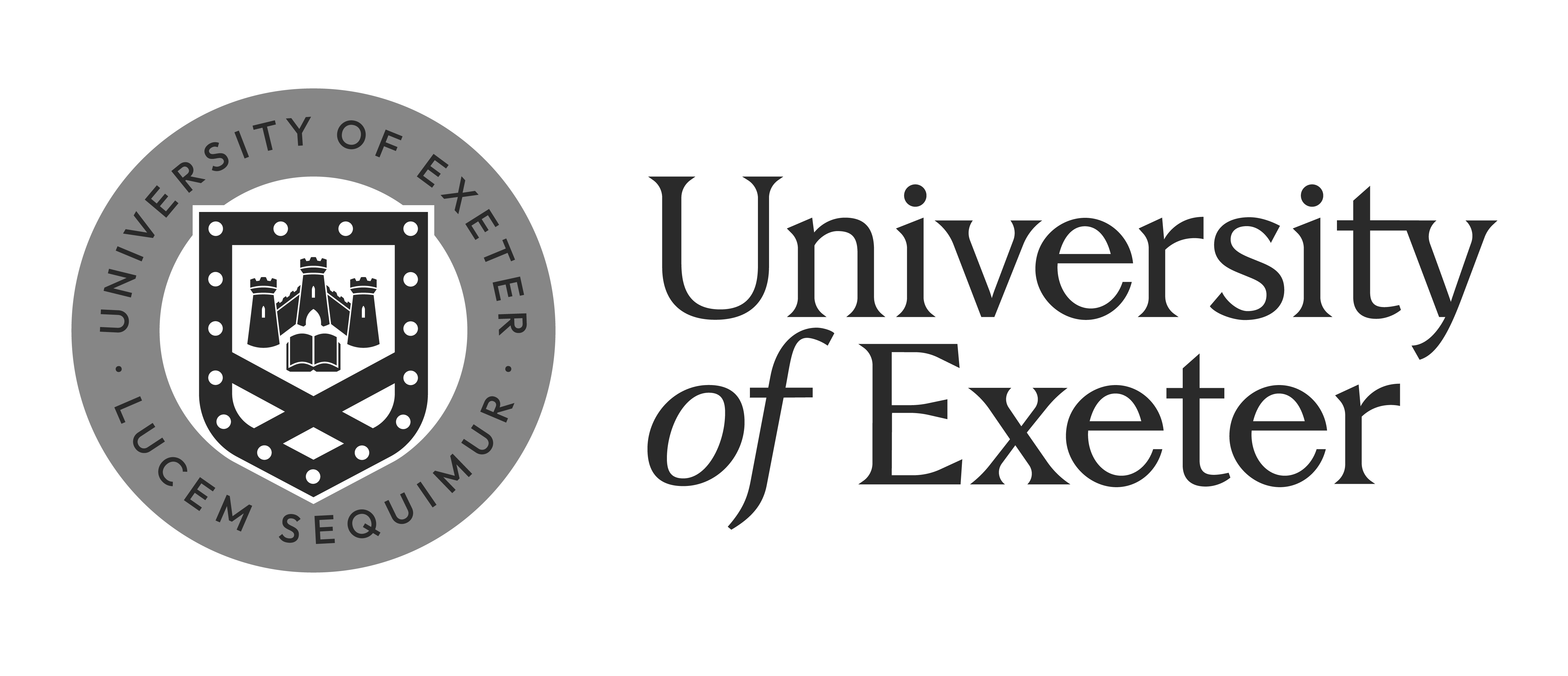S2519 From Venice to Shanghai: Cities in World History, 1500-2000
Professors
Schedule
Course Description
This course explores the fascinating and multi-layered histories of six important cities—Venice, Istanbul, London, Calcutta, New York, and Shanghai—and their unique places in world history. Pairing an Eastern city with a Western one in each part of the course, we will explore how these cities evolved through patterns of trade and migration, how they reflect and combine the physical, political, and socio-cultural imprints of overlapping empires, and how these urban spaces helped forge connections between East and West.
Part I of this course examines the histories of Venice and Istanbul, two of the wealthiest cities in the early modern world. Separated by the Aegean and Adriatic seas and by rivaling empires, the two cities were also bound together through diplomatic, commercial, and cultural links. In Part II, we will consider the entangled histories of London and Calcutta in the 18th and 19th centuries. Through their parallel developments, we will explore the relations between the metropole and colonial cities of the British empire. Pairing New York with Shanghai in Part III, we will discuss how globalization gave rise to global cities in the 20th and 21st centuries.
Throughout the semester, we will compare historical developments and cultural identities of these iconic cities of the East and the West. Along the way, we will also do fieldwork in Venice, using the city’s rich history and culture to explore the major themes in this course: trade, migration, empire, and globalization.
Course Requirements and Assignments
• Attendance and participation (20% of grade): Students are expected to keep up with course readings, attend each class, and actively participate in class discussions.
• Three short responses on readings (10% each, 30% of grade): Students will be assigned a course reading in each part of the course and write a short reading response that will help facilitate discussions.
• Four field reports (5 % each, 20% of grade): Students will record and analyze their field trips in Venice. The filed reports, which can be texts, images, and/or digital media documentation of the city’s history and culture, should engage the major themes of the class by showcasing how Venice was and still is linked to different parts of the world.
• Final project (30% of grade): Students will write an 8-page research paper comparing the histories and culture identities of an Eastern city and a Western city (other than the cities discussed in the class).
Learning Objectives
• Gain a familiarity with the major economic, political, and cultural forces that defined different urban spaces in world history.
• Learn to examine the global history of trade, migration, and colonization from a comparative perspective.
• Understand fundamental relationships between urban dynamics and transnational cultural and political-economic processes.
• Learn to connect the local histories to the larger “stories” of different historical periods.
• Develop critical thinking skills through engagement with scholarship and literature focusing on different geographical regions and cultures.
• Develop good reading, comprehension, and speaking skills in English to enable the effective communication of ideas.
• Become comfortable visiting local sites and studying local history and culture to better understand Venice’s place in world history.
Syllabus
Week 1: Introduction and Overview
Readings:
Emma Hart and Mariana Dantas, “Digging down into the global urban past,” Urban History 48, no. 3 (August 2021): 424-34.
Lynn Hollen Lees, “World urbanization, 1750 to the present,” The Cambridge World History, 34–57.
Part I: Venice and Istanbul, 1500-1700
Week 2: Venice
Readings:
Filippo de Vivo, “Walking in Sixteenth Century Venice: Mobilizing the Early Modern City,” I Tatti Studies 19, no. 1 (2016): 115-41.
Joanne Ferraro, “Material Life,” Venice: History of the Floating City, 106-124.
Week 3: Istanbul
Readings:
Hilary Sumner-Boyd and John Freely, “The View from the Bridge,” Strolling through Istanbul, 1-16.
Peter Clark, “Islamic Empire,” Istanbul: A Cultural History, Chapter 3.
Week 4: Brokering Empires
Readings:
Eric Cursteler, “The Merchants of Venice,” Venetians in Constantinople, 41-60.
E. Natalie Rothman, “Brokering Commerce or Making Friends,” Brokering Empire, 61-84.
Part II: London and Calcutta: 1700-1900
Week 5: London
Readings:
Roy Porter, “Capitalism in the Capital: The Victorian Age,” London, A Social History, 185-204.
Jonathan Schneer, “London in 1900,” London 1900, The Imperial Metropolis, 3-14.
Week 6: Calcutta
Readings:
Ranjit Sen, “Geopolitics of early urbanization in Calcutta 1698-1757,” Birth of a Colonial City: Calcutta, 63-77.
Sumanta Banerjee, “A Tale of Three Towns,” Memoirs of Roads: Calcutta from Colonial Urbanization to Global Modernization.
Week 7: The Metropole and the Periphery
Readings:
Swati Shattopadhyay, “The Colonial Uncanny,” Representing Calcutta, 21-75.
Part III: Global Cities: New York and Shanghai, 1900-2020
Week 8: New York
Readings:
Janet Abu-Lughod, “New York Solidifies Its Character,” New York, Chicago, Los Angeles: America's Global Cities, 70-99.
Week 9: Shanghai
Readings:
Jeffrey Wasserstrom, “2000: A City in a Hurry” and “Conclusion,” Global Shanghai, 109-123, 124-140.
Week 10: The Making of Global Cities
Readings:
Greg Clark, “Understanding Global Cities,” Global Cities: A Short History, 91-116.
Week 11: Urban History and World History
Readings:
Penelope Corfield, “Conclusion: Cities in Time,” The Oxford Handbook of Cities in World History, 828-846.
Week 12: Conclusion
Selected Bibliography
Janet Abu-Lughod, New York, Chicago, Los Angeles: America's Global Cities
Sumanta Banerjee, Memoirs of Roads: Calcutta from Colonial Urbanization to Global Modernization
Greg Clark, Global Cities: A Short History
Peter Clark, Istanbul: A Cultural History
Peter Clark, The Oxford Handbook of Cities in World History
Eric Cursteler, Venetians in Constantinople
Filippo de Vivo, “Walking in Sixteenth Century Venice: Mobilizing the Early Modern City,” I Tatti Studies 19, no. 1 (2016): 115-41.
Joanne Ferraro, Venice: History of the Floating City
Emma Hart and Mariana Dantas, “Digging down into the global urban past,” Urban History 48, no. 3 (August 2021): 424-34.
Lynn Hollen Lees, “World urbanization, 1750 to the present,” The Cambridge World History, 34–57.
Roy Porter, London, A Social History
E. Natalie Rothman, Brokering Empire
Jonathan Schneer, London 1900, The Imperial Metropolis
Ranjit Sen, Birth of a Colonial City: Calcutta
Swati Shattopadhyay, Representing Calcutta
Hilary Sumner-Boyd and John Freely, Strolling through Istanbul
Jeffrey Wasserstrom, Global Shanghai
Last updated: March 7, 2024


















